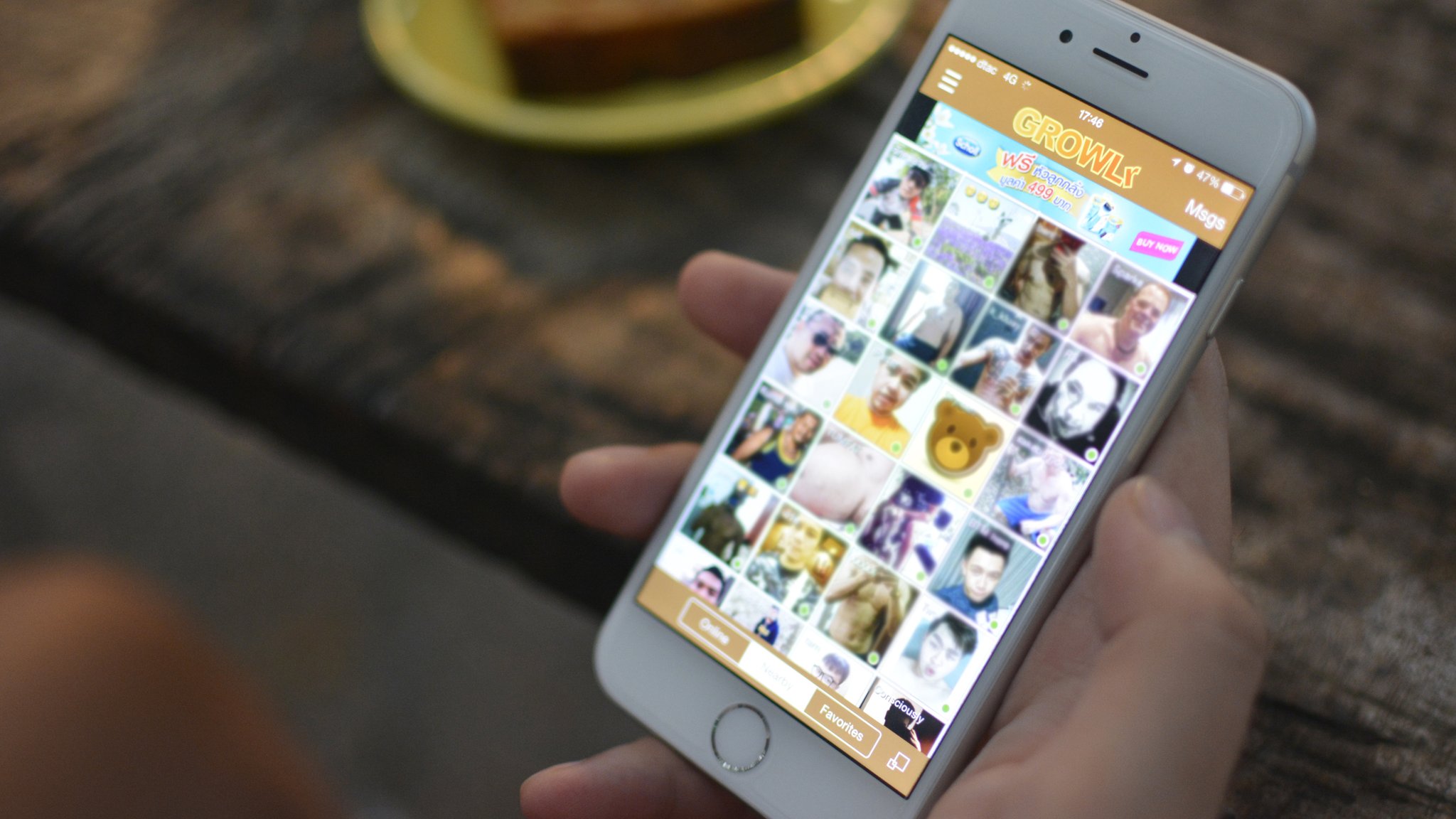In today's digitally connected world, dating apps have revolutionized the way people meet and connect with potential partners. From swiping right to matching algorithms, the design of a dating app plays a crucial role in its success. In this comprehensive guide, we'll explore the key steps and considerations involved in designing a dating app that users love.
1. Define Your Target Audience
Before diving into the design process, it's essential to define your target audience. Consider factors such as age, location, interests, and relationship goals. Understanding your target demographic will help you tailor the design and features of your app to meet their specific needs and preferences.
2. Research the Competition
Conduct thorough research to understand the competitive landscape of the dating app market. Analyze existing apps to identify their strengths and weaknesses. Pay attention to design elements, features, and user experience. This research will provide valuable insights into what works well and what can be improved in your own app.
3. Create a User-Centric Design
User experience is paramount in the design of a dating app. Create a user-centric design that prioritizes ease of use, intuitive navigation, and seamless interaction. Pay attention to factors such as color scheme, typography, and visual hierarchy to create a visually appealing and engaging interface. Consider conducting user testing to gather feedback and refine your design iteratively.
4. Implement Key Features
Identify the key features that will differentiate your dating app and provide value to users. Common features include user profiles, swiping gestures, matching algorithms, messaging systems, and search filters. Additionally, consider implementing innovative features such as video profiles, compatibility quizzes, and virtual dates to enhance user engagement and retention.
5. Focus on Security and Privacy
Security and privacy are critical considerations in the design of a dating app, where users share personal information and interact with strangers. Implement robust security measures such as encryption, user verification, and moderation tools to protect user data and prevent unauthorized access. Additionally, provide users with transparent privacy controls and clear data policies to earn their trust and confidence.
6. Optimize for Mobile Devices
As the majority of dating app users access the platform through mobile devices, it's essential to optimize your app for mobile usage. Design a responsive interface that adapts seamlessly to different screen sizes and orientations. Prioritize performance optimization to ensure fast loading times and smooth navigation on mobile devices.
7. Test and Iterate
Once your app is designed and developed, it's crucial to test it rigorously before launch. Conduct usability testing with real users to identify any usability issues or bugs. Gather feedback and iterate on your design accordingly to improve the overall user experience. Continuous testing and iteration are key to refining your app and ensuring its success in the competitive dating app market.
Conclusion
Designing a successful dating app https://binerals.com/blog/how-to-design-a-dating-app requires careful planning, user-centric design, and continuous iteration. By defining your target audience, researching the competition, creating a user-centric design, implementing key features, focusing on security and privacy, optimizing for mobile devices, and testing and iterating, you can create a dating app that resonates with users and stands out in the crowded app market.

